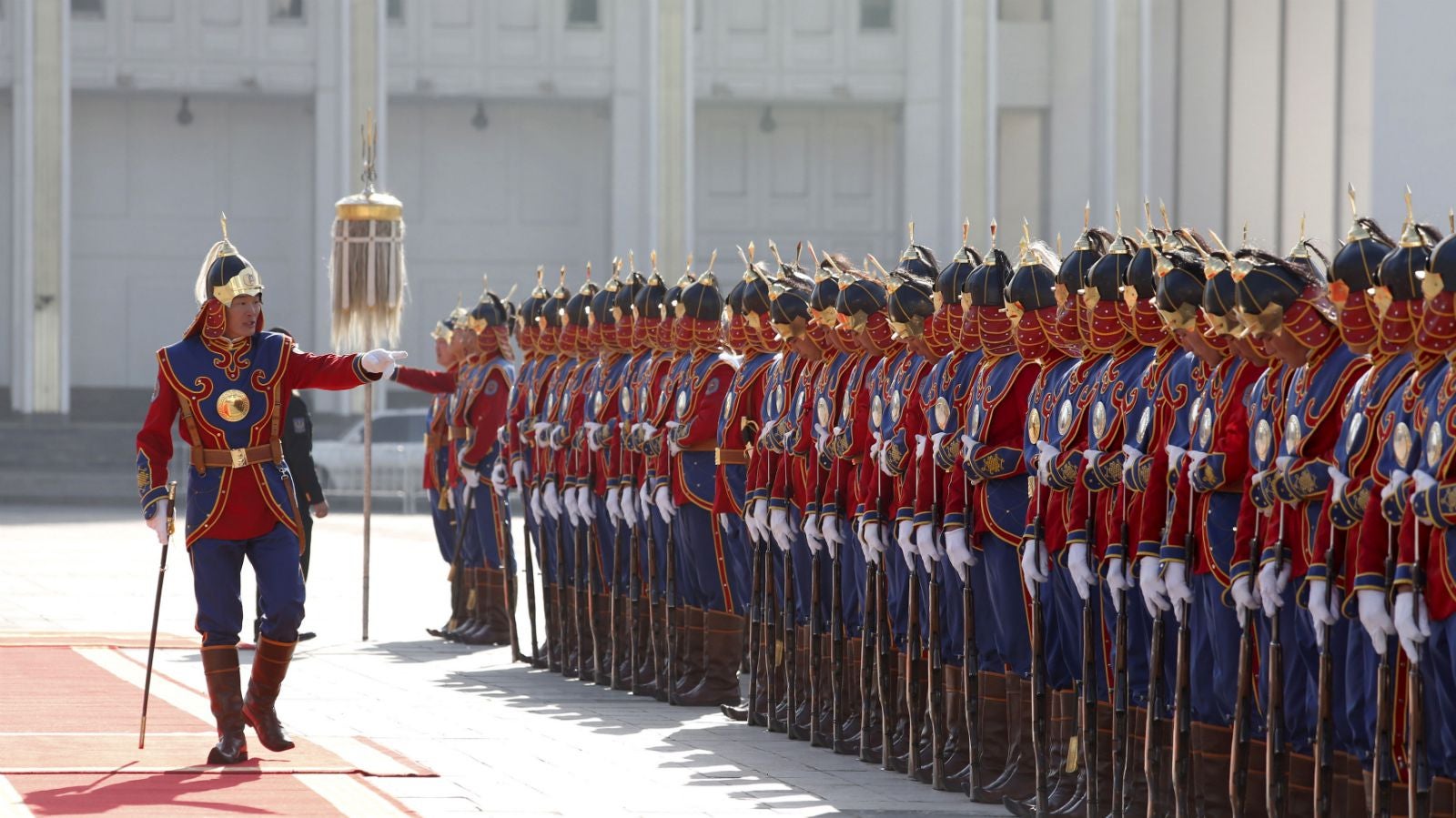Why on earth is Narendra Modi going to Mongolia?
Ulan Bator doesn’t usually figure on the itinerary of most world leaders, but Indian prime minister Narendra Modi—after visiting China, and before flying into South Korea—will make a trip to the Mongolian capital on May 17. No Indian prime minister has ever visited the country before.


Ulan Bator doesn’t usually figure on the itinerary of most world leaders, but Indian prime minister Narendra Modi—after visiting China, and before flying into South Korea—will make a trip to the Mongolian capital on May 17. No Indian prime minister has ever visited the country before.
So, why exactly is Modi going there?
“The subtle message is for China,” Kanwal Sibal, a former Indian foreign secretary, told Quartz. “China has been very active in India’s periphery and India is also looking to play on their periphery. India and Mongolia have also had very friendly relations. But Modi will want to convey the message that India has an all-encompassing foreign policy.”
Since coming to power a year ago, Modi has spent much time and effort on foreign policy. He has visited 16 nations in 11 months, and hosted US president Barack Obama, Chinese president Xi Jinping and Russian president Vladimir Putin, among others.
Closer to home, he has made trips to Bhutan, Nepal, Sri Lanka and Myanmar, and attempted at resuscitating India’s image in South Asia. But the elephant in the room remains China—and going to Mongolia is part of New Delhi’s strategy to deal with Beijing.
“China is a big factor in Modi’s foreign policy,” Rajrishi Singhal, senior geoeconomics fellow at Mumbai-based think tank Gateway House, said. “India is looking to befriend all its neighbours in the region, but with Mongolia, its more of a geostrategic and neo-economic play.”
Since the 1990s, resource-rich Mongolia, sandwiched between China and Russia, has been working to expand partnerships with countries beyond its two big neighbours, sometimes termed as its “third-neighbour policy.” And Modi is trying to build on that.
“It’s never too late to build relationships,” Rajorshi Roy, a researcher at New Delhi’s Institute for Defence Studies and Analyses (IDSA), explained. “Geographically, Mongolia is at the crossroads of the Far East and North Asia, and China has always been a critically important neighbour.”
At the same time, “Mongolia has always been very friendly towards India,” Roy added. “It supported India during the Bangladesh Liberation war in 1971 and is also a supporter for India’s permanent seat at the United Nations Security Council.”
Still, India has a lot of ground to cover in Mongolia. After peaking at $60.2 million in 2012, bilateral trade between the two countries fell to $35 million in 2013. China, in comparison, did about $6.2 billion of trade with Mongolia in 2012, and wants to take it to $10 billion by 2020.
Moreover, China currently accounts for 90% of Mongolian exports, while imports are dominated by China, Russia, South Korea and Japan.
Despite that, significant opportunities for India remain. Mongolia, for instance, has massive reserves of uranium, coal, copper and gold.
“If Modi wants to power up a 10,000 MW nuclear power project, he will need continuous supply of uranium. He can hedge that supply chain with Mongolia,” said Singhal of Gateway House. India currently has massive power deficit and Modi’s government has promised to change that through unconventional sources, including nuclear.
Indian companies had also ventured into Mongolia to tap the huge reserves of coal and copper in the past few years, but on the ground, it hasn’t translated into much. In 2012, Indian steel maker SAIL had entered into a joint venture with the Mongolian government to set up iron ore and coal mines in the country. Little has come of that partnership.